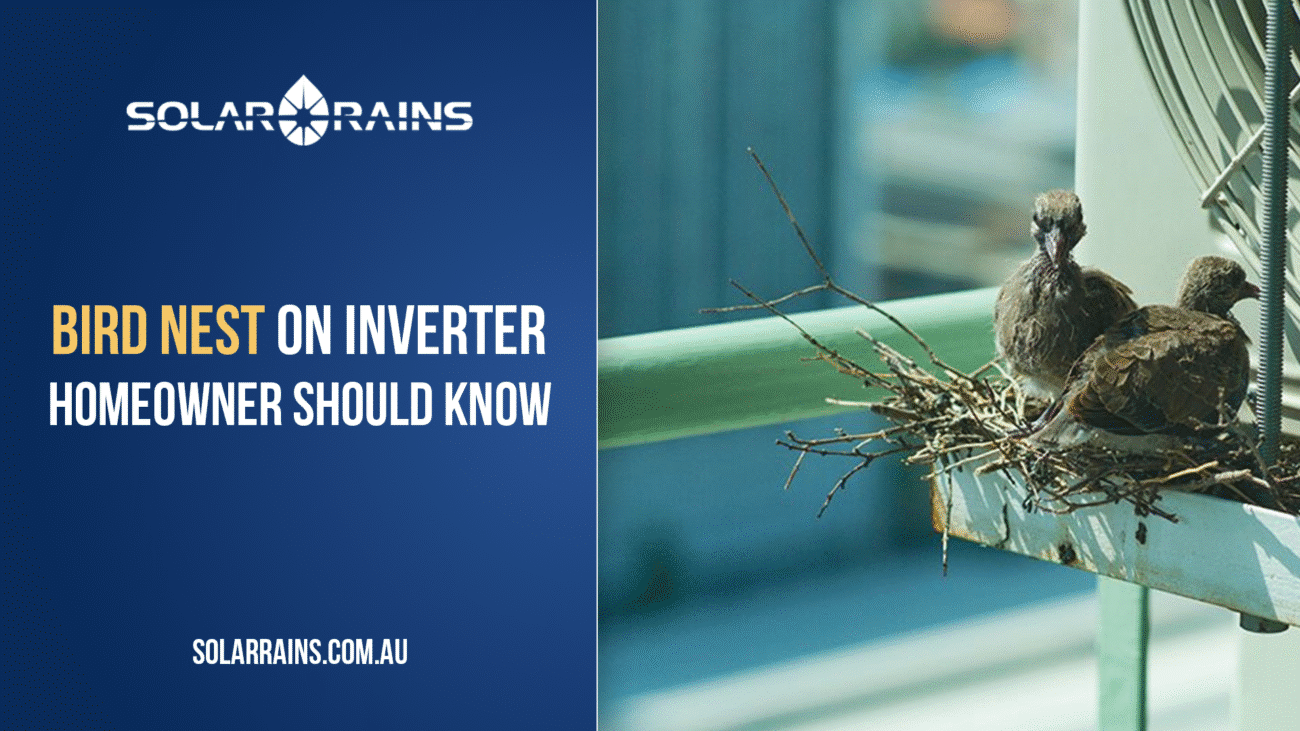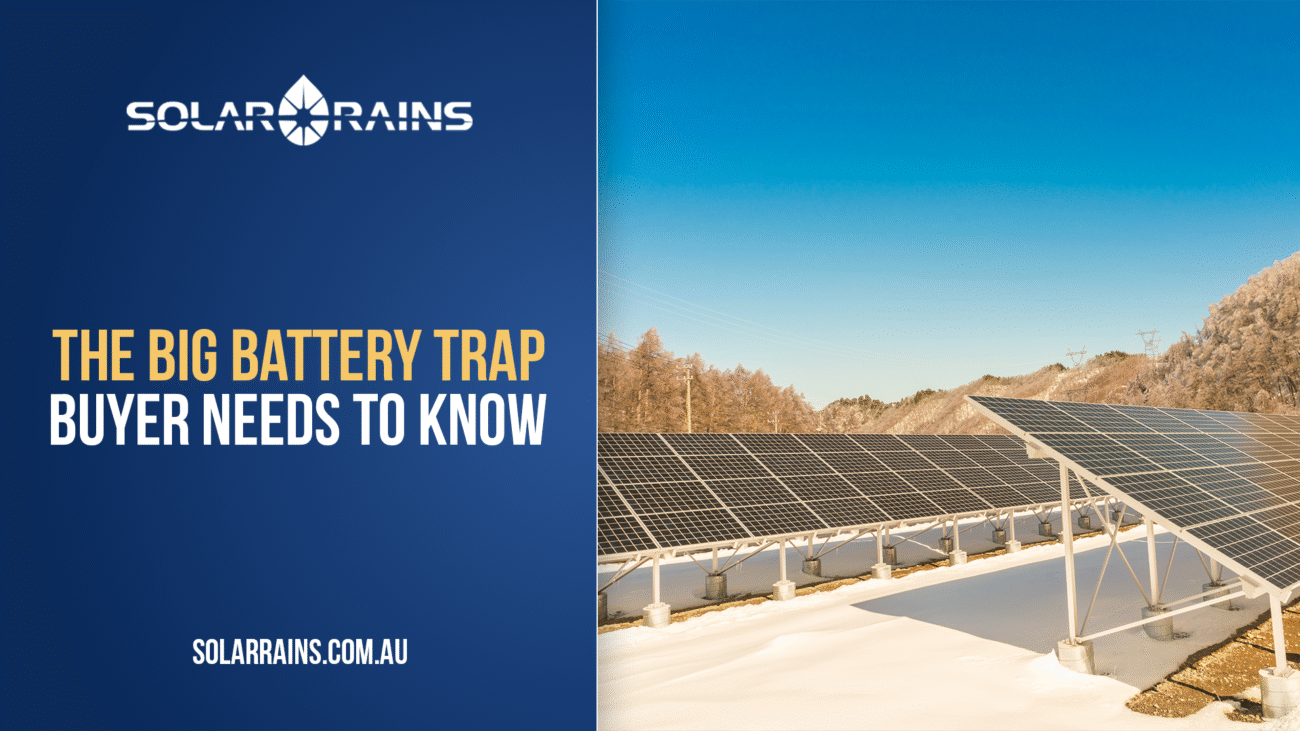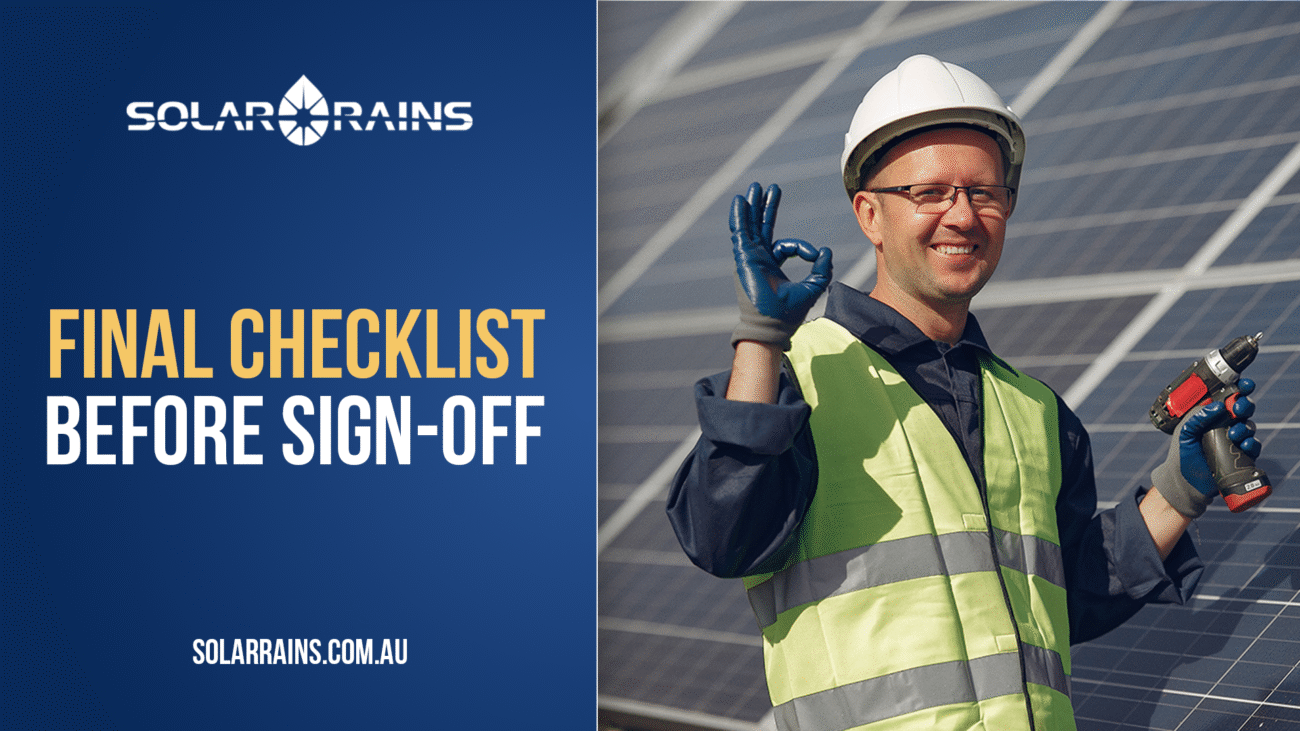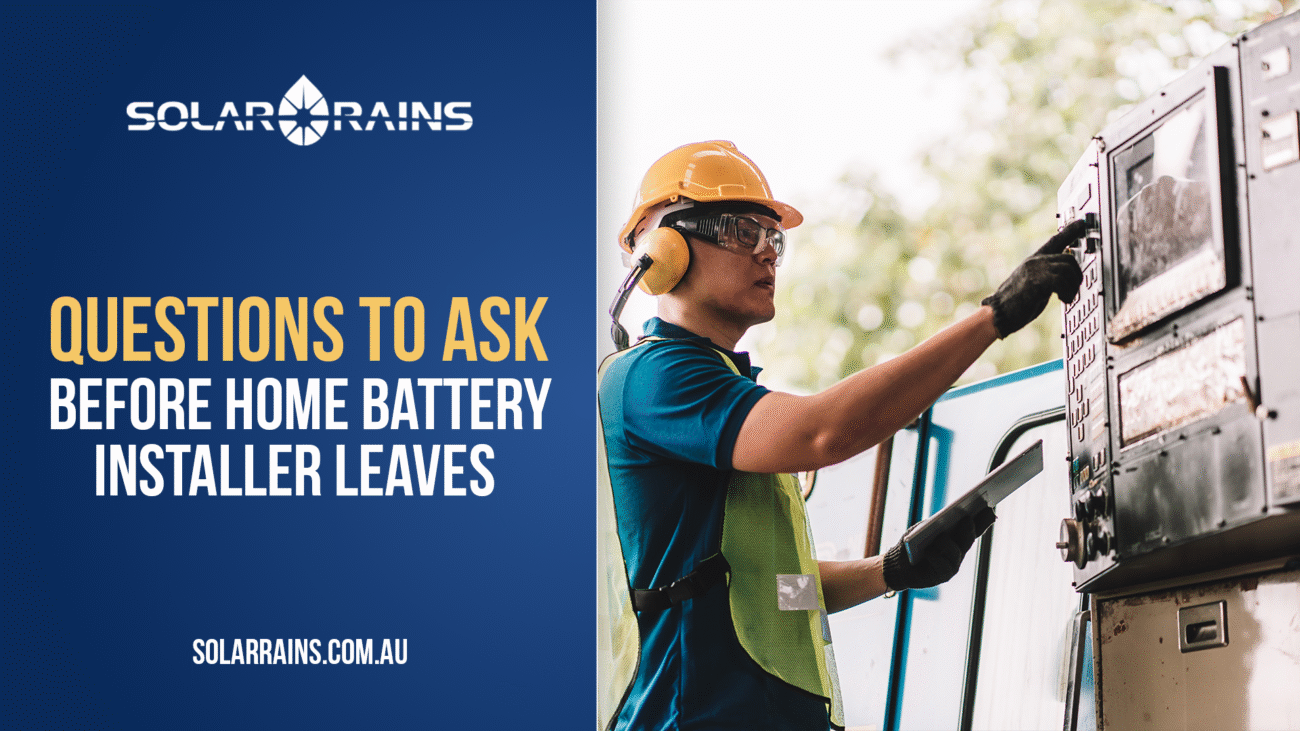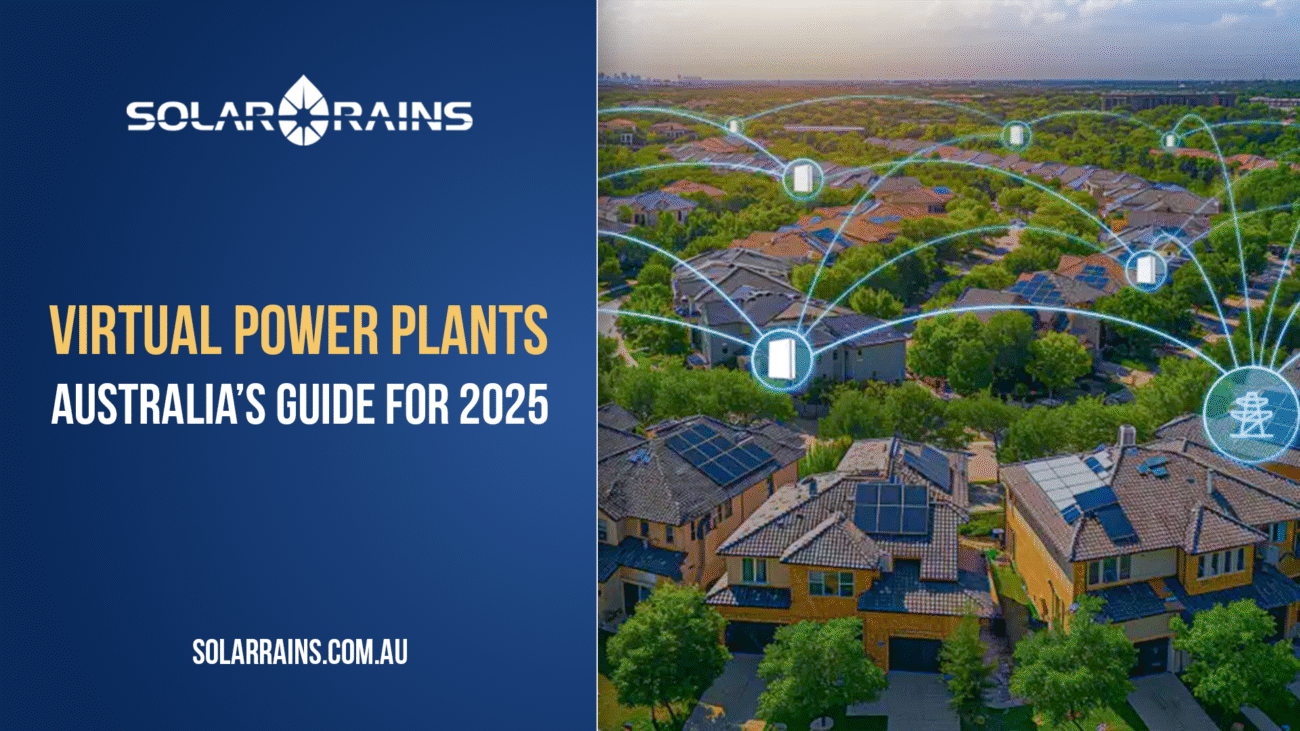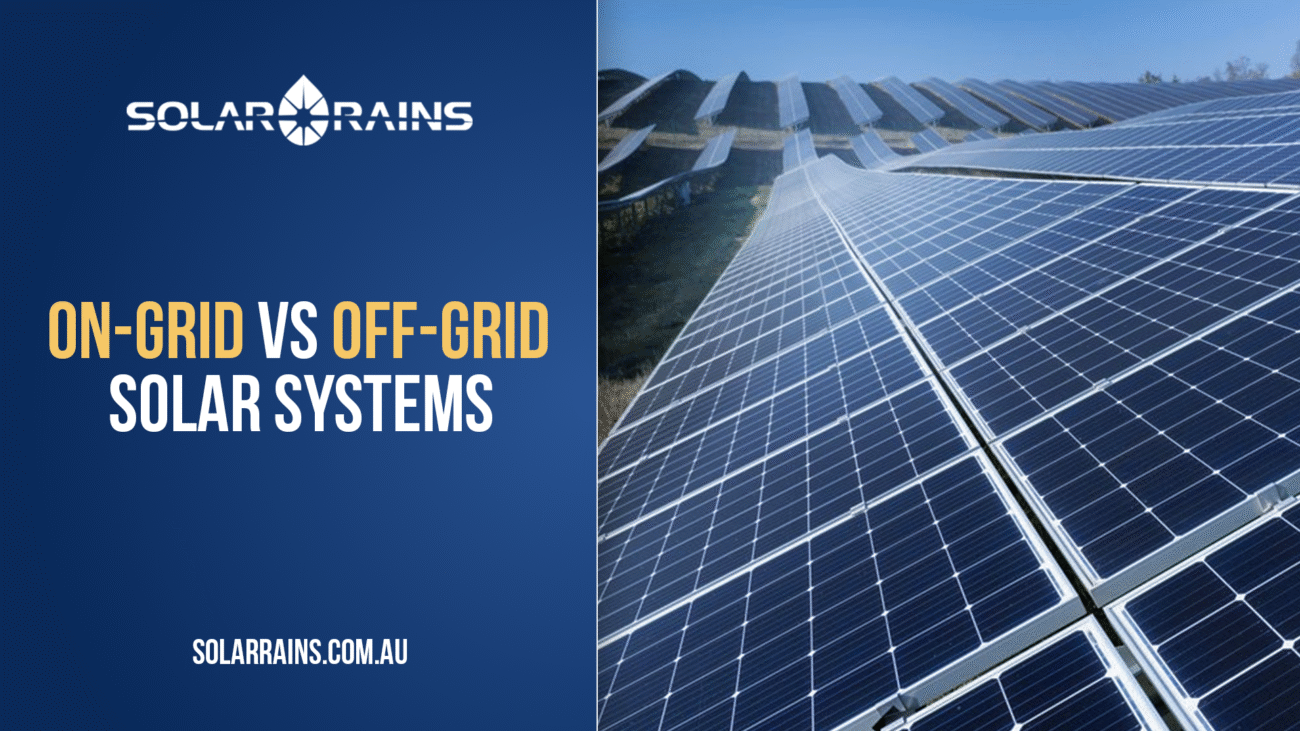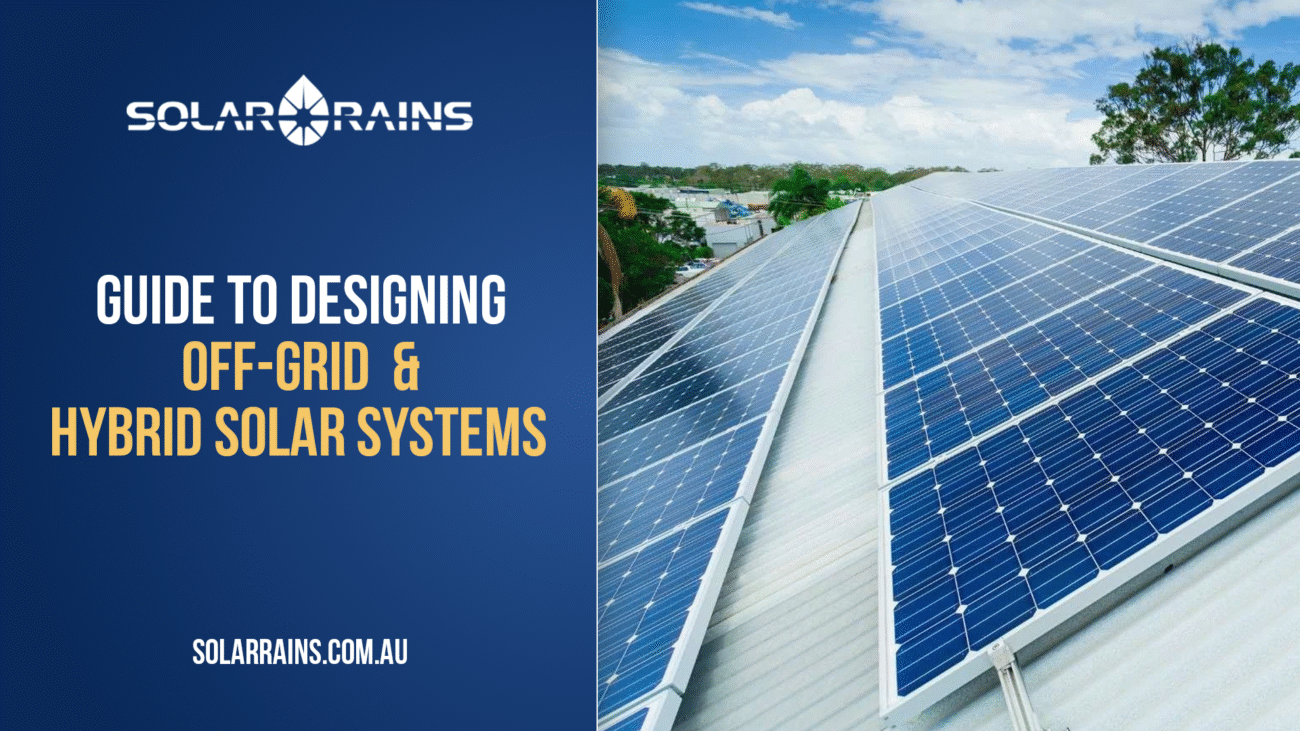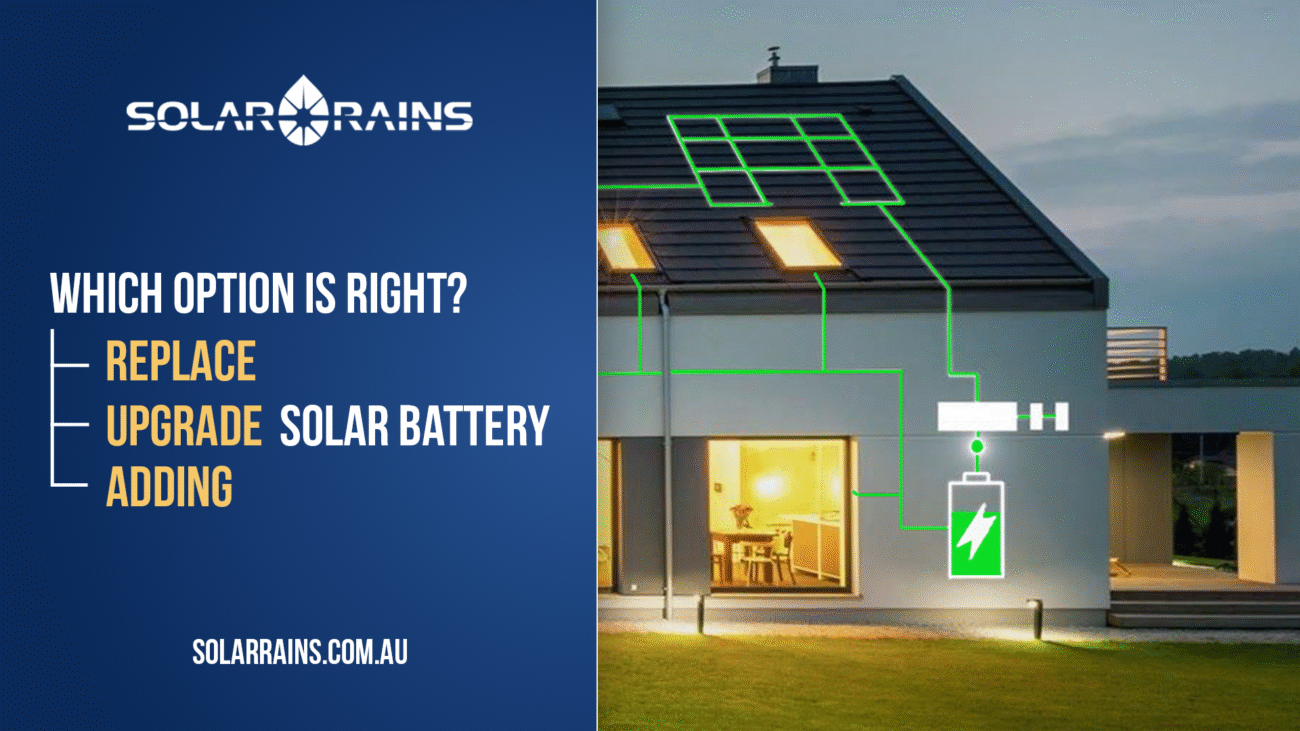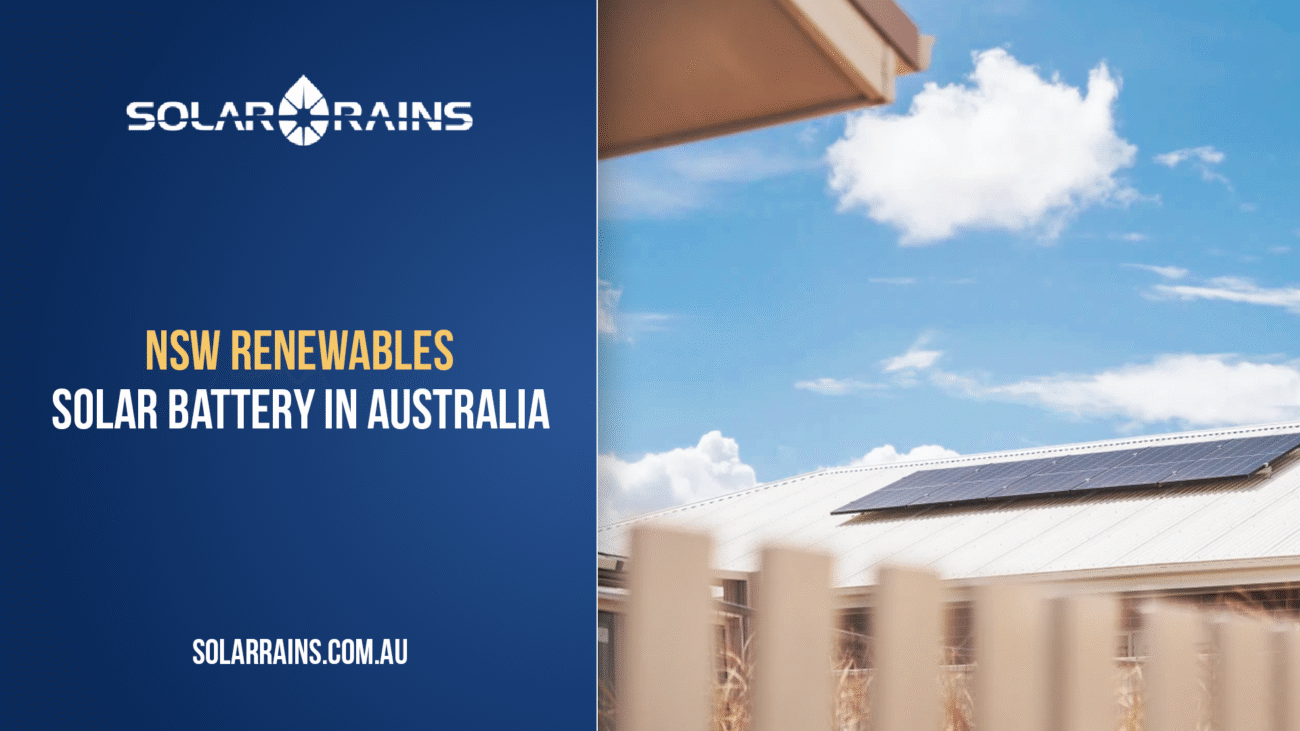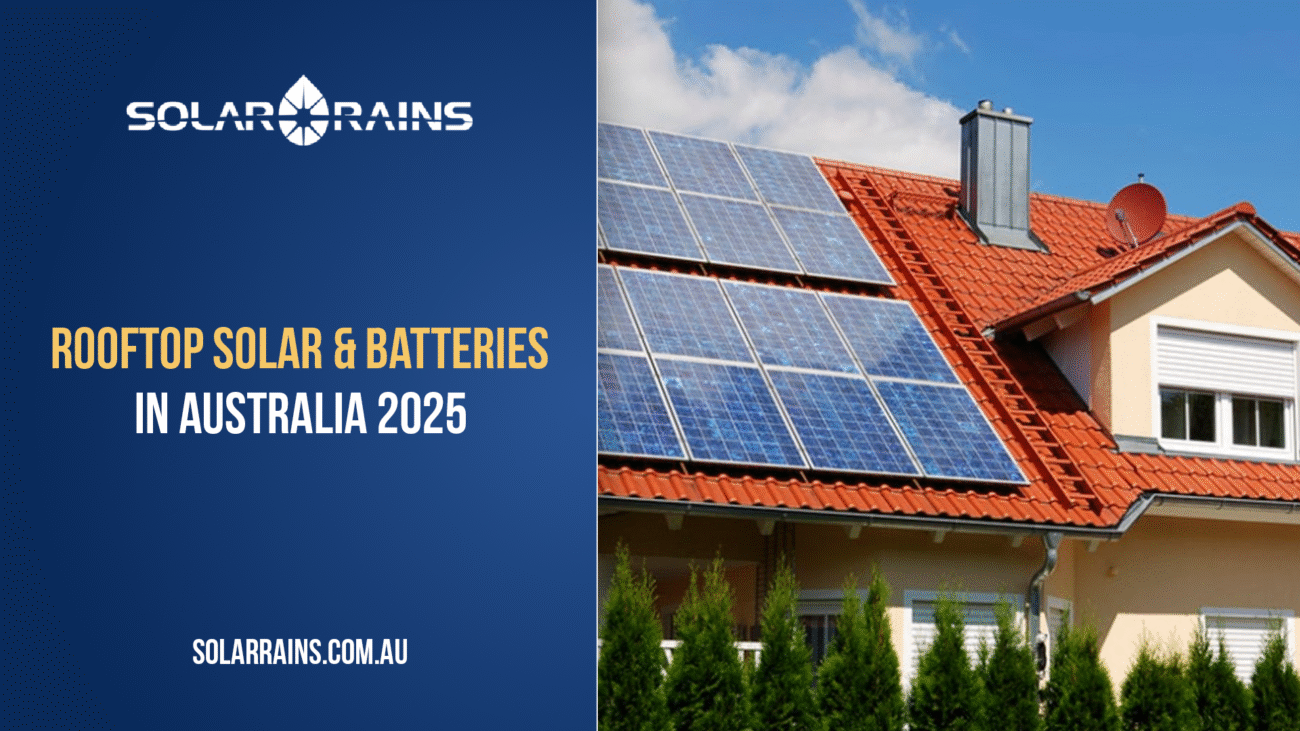Introduction
When homeowners invest in rooftop solar, they often assume the hard work is done once the panels are installed. But hidden behind the scenes — sometimes literally — is one of the most critical components of your entire solar energy system: the solar inverter. This is the device that converts your solar panel’s direct current (DC) electricity into usable alternating current (AC) for your home.
And sometimes, your inverter may have uninvited guests – birds.
Birds nesting around or even inside your inverter may seem harmless at first glance. But in reality, bird nests can severely damage your solar system, reduce performance, and even pose fire risks. In this article, we’ll explain why this issue matters, how to spot the signs, and what steps you can take to protect your solar investment.
Are Bird Nests Bad for a Solar Inverter?
Yes, and here’s why.
Birds are drawn to warm, sheltered areas. Inverters, especially wall-mounted outdoor models, often provide the perfect nook under eaves or behind equipment for nesting. Twigs, leaves, and other nesting material can clog air vents or block cooling fans, resulting in overheating.
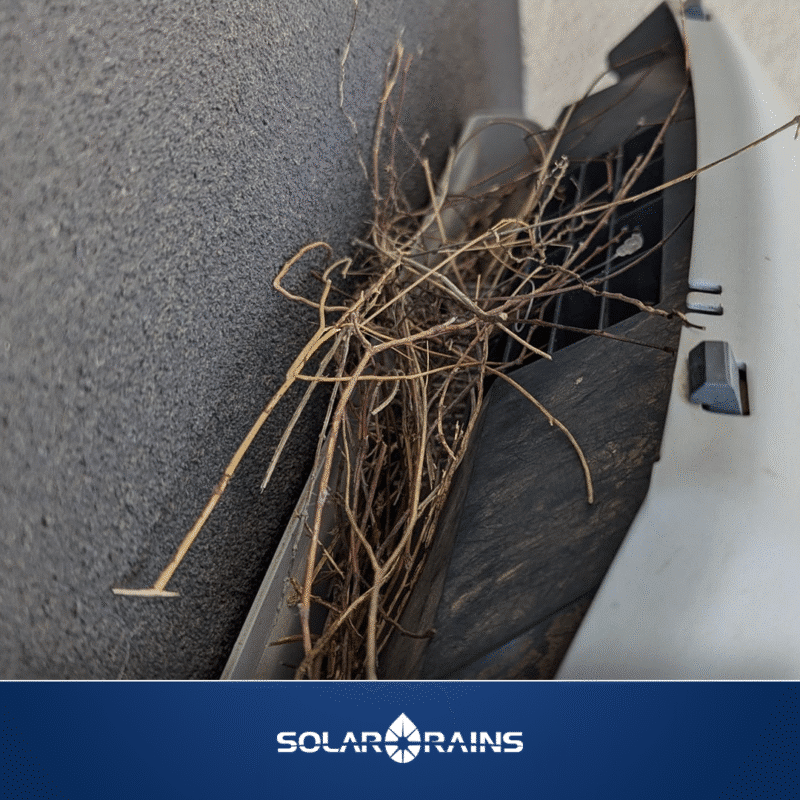
Over time, this leads to:
- Reduced efficiency
- Shortened inverter lifespan
- Increased risk of internal failure
- Fire hazards (dry nesting material + heat = ignition risk)
These issues may not be immediately obvious, but they compound over months or years — quietly eroding the value of your solar system.
New Residents Moving In: What’s Actually Happening?
So, why do birds love solar inverters?
- Shelter: The underside of inverters offers protection from wind and rain.
- Heat: Operating inverters give off warmth, especially in cooler mornings.
- Stability: A mounted inverter provides a stable surface to build a nest.
You might notice signs like:
- Twigs or grass poking from vents or ducts
- Chirping or scratching sounds near your inverter
- Droppings or feather debris around the unit
- An inverter fan running constantly (due to restricted airflow)
If any of these appear, it’s time for action.
What’s the Problem? Heat Kills Electronics
Let’s get technical.
Solar inverters generate heat when operating, especially on hot summer days. That’s why manufacturers design them with cooling systems, including:
- Passive heat sinks
- Active internal fans
- Ventilation slots or grills
When birds block these features with nests, the inverter:
- Overheats, reducing performance
- Throttles output to avoid damage
- Degenerates faster (every 10 °C above optimal reduces lifespan)
- In extreme cases, components melt or fail entirely, and warranties may not cover damage caused by poor maintenance.
Fans Are Cool: Why Maintenance Matters
Your inverter is not a “set and forget” device. Like any high-value electronics, it needs:
- Visual inspection every few months
- Debris clearance from vents and fans
- System health checks annually or after extreme weather
Even newer hybrid inverters – which combine solar & battery control – can suffer from reduced lifespan or inaccurate monitoring if airflow is disrupted.
At Solar Rains, we recommend a spring maintenance check to remove nesting material before birds begin laying eggs. Prevention is cheaper (and kinder to wildlife) than removal.
Impact on System Performance & Safety
Here’s how one small nest can hurt a $10,000+ solar system:
- Lower energy output: Heat-induced throttling cuts production, reducing savings
- Higher grid reliance: You pull more electricity from the grid, especially during summer peaks
- Fire danger: Dry grass near hot electronics is a real hazard
- Warranty voiding: Some brands require proof of clear airflow for coverage
Worst of all, many homeowners don’t realize there’s a problem until their inverter fails entirely — years before its expected lifespan.
Practical Steps for Homeowners
Your DIY Inverter Maintenance Checklist
- Visually inspect your inverter and surrounding area monthly
- Look for twigs, feathers, or insects around vents or wiring
- Use a soft brush or vacuum (on low power) to gently clear external debris
- Check that fans are running (if applicable)
- Monitor your inverter’s temperature if digital display is available
Warning: Always turn off your solar system before touching the inverter. If unsure, call your installer.
Bird-Proofing Your Inverter
Want to keep birds away without harming them? Try:
- Galvanised mesh guards over vents or openings
- Plastic bird spikes on mounting surfaces
- Repellent strips or UV reflectors (safe and low maintenance)
- Positioning: Inverters mounted in garages or indoors are less likely to attract nests
Need help? Ask Solar Rains about our bird-proof inverter cover kits during your next service.
When to Consider Inverter Replacement or Upgrade
If your system is over 8–10 years old, or if:
- Your inverter has shut down multiple times from overheating
- You’re upgrading your panels or adding a solar battery
- Your inverter can’t handle new hybrid or export features
…it may be time for a next-gen solar inverter.
Today’s top models are:
- More compact
- Hybrid-ready (for solar batteries)
- Quieter and better cooled
- WiFi-enabled for real-time performance tracking
Solar Rains offers free consultations to help determine if a simple repair or full upgrade is right for your home.
FAQs
Yes. Blocked vents cause overheating, which leads to power loss or permanent damage.
Every 1–2 months during nesting season (spring & early summer), and quarterly year-round.
Not if done properly. Just avoid opening the inverter or using sharp tools. Check your brand’s warranty T&Cs.
Once birds lay eggs, they’re protected by law in many states. Best to prevent nesting in the first place.
Yes — and it’s often cheaper to do both together. Hybrid inverters are designed for battery integration.
Conclusion: Don’t Let Birds Cost You Energy & Money
Your solar inverter is the heartbeat of your clean energy system. Letting birds turn it into a nesting box? That’s asking for trouble.
But the good news is: this is preventable.
With simple checks, low-cost proofing solutions, and expert help, you can keep your inverter:
- Cool
- Clean
- Efficient
- Long-lasting
Contact the experts right away to have your inverter re-inspected if you find a bird’s nest.

